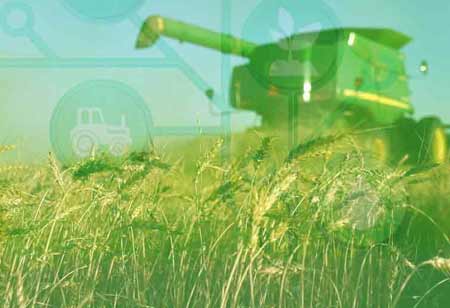Thank you for Subscribing to Agri Business Review Weekly Brief
Aquaculture: How Does it Work?
The global population grows at an annual rate of about 1 percent and is expected to surpass the ten billion mark by the end of this century.

By
Agri Business Review | Wednesday, March 02, 2022
Stay ahead of the industry with exclusive feature stories on the top companies, expert insights and the latest news delivered straight to your inbox. Subscribe today.
Aquaculture has several advantages, including health, economic, and environmental benefits. Aquaculture accounts for more than half of the seafood consumed today.
FREMONT, CA: The global population grows at an annual rate of about 1 percent and is expected to surpass the ten billion mark by the end of this century. Despite this incredible surge scheduled in a few decades, there appear to be no changes to the structures responsible for feeding the population.
It is implausible to believe that we will be able to feed the population using current models. This is why new developments in agriculture, known as aquaculture, are being examined.
Aquaculture is the term used to refer to the practice of farming seafood. It is a type of aquaculture in which fish, shellfish, and various crustacean species are raised. Rather than using soil, either seawater or freshwater is used as a growing medium in this case. Depending on the medium used, different types of plants and sea life are grown on a given farm.
According to recent data, aquaculture is the world's fastest-growing food production segment. This method of agriculture accounts for more than half of the world's fish production. Despite this, the numbers still fall short of meeting current needs, and greater awareness about this avenue is needed.
While aquaculture mechanisms vary according to the species grown on a given farm, four major aquaculture stages are included as a general rule. There are numerous variations in the overall quality of the seafood grown and the impact on the environment based on these four aquaculture stages. The first stage of aquaculture is referred to as the hatchery stage, and it is directly related to the hatching of eggs, breeding of fish, and even rearing of fish by concentrating on the early stages of the life cycle. The second aquaculture stage entails growing the hatchlings in size by providing nutrition to the sea life that is being grown. This is the feeding stage, and it necessitates the procurement of healthy and sustainable aquafeeds for the health and well-being of the animals. The third stage of aquaculture involves growing the fish to maturity and then transferring them to a separate farm that can accommodate their larger bodies. Again, special attention is paid to the feeding process to control the fish's growth. The final stage is transporting and transferring the fish to a separate processing facility. The fish are packaged once before being distributed to the appropriate retail outlets.





